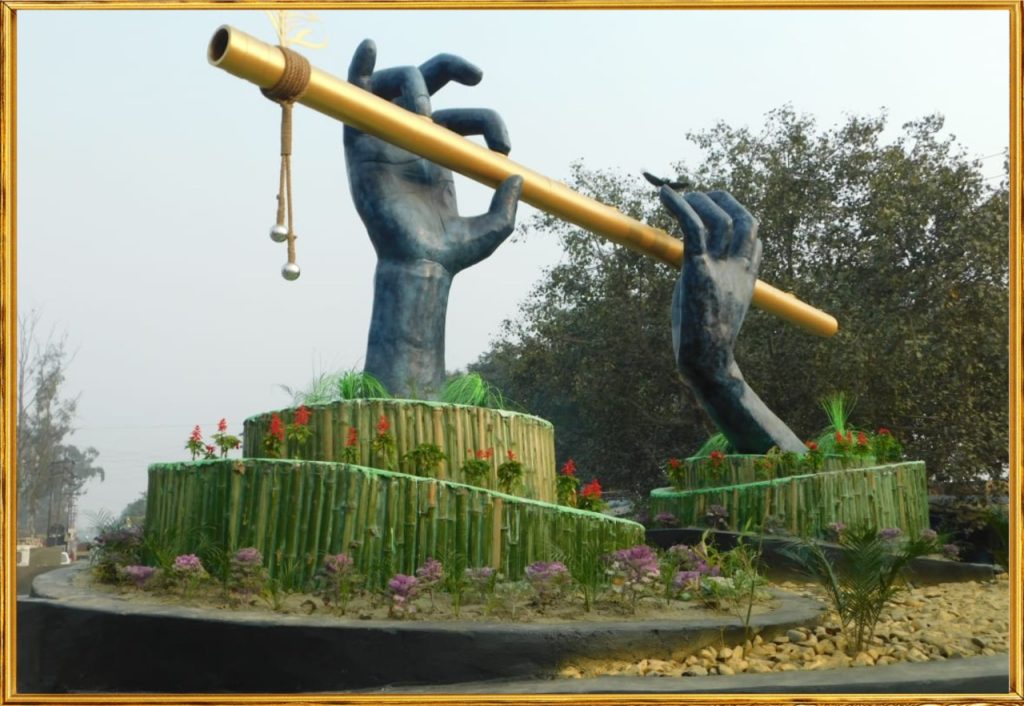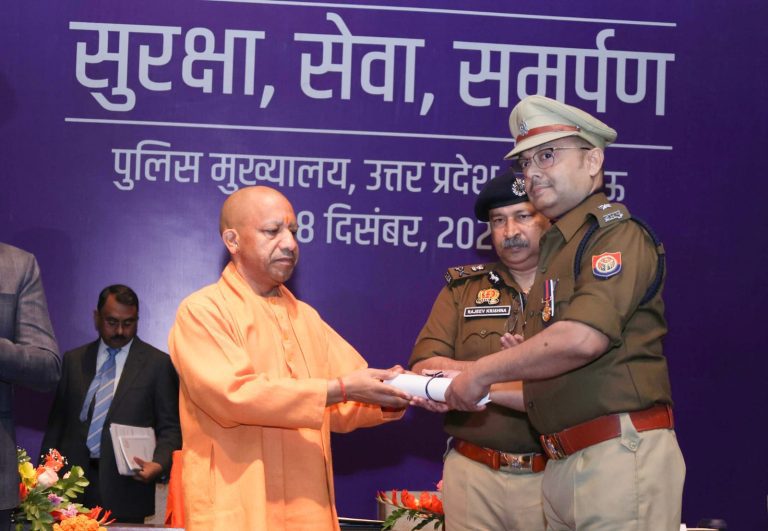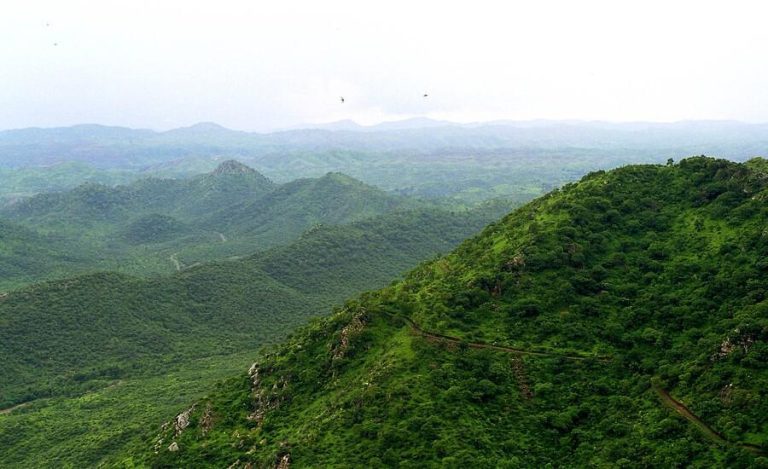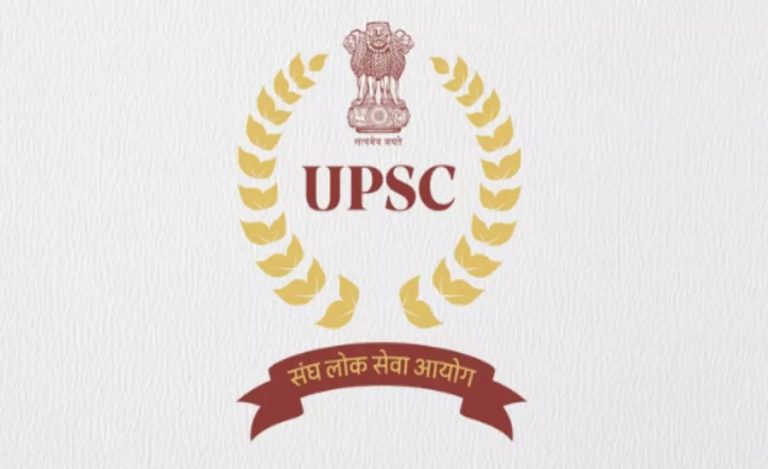Uttar Pradesh holds several treasures. Agra is known the world over for Taj Mahal while Varanasi’s charm lies in its breathtaking vistas. Kanpur is famous for its leather and Aligarh for its locks. But prey, what about Pilibhit- what is it famous for?
Not many of us know but Pilibhit, one of the most scenically beautiful districts of Uttar Pradesh, is important not for one but two reasons: its flutes and its tigers!
City of Flutes was how Pilibhit district used to be known till a few years ago, signifying the large number of people involved in the manufacture of this exquisite musical instrument. But in the recent past, people started disconnecting themselves from their years- old occupation.

On the other hand, the shadow of neglect started falling strongly on the Pilibhit Tiger reserve. It’s the reason why most people only know about the Dudhwa National Park, situated in the Lakhimpur kheri district of UP.
However, times have started changing slowly for the city and it’s on course to recover its lost glory. A major credit for the ongoing transformation of Pilibhit goes to its District Collector Mr Pulkit Khare. Though posted here just seven months ago, he is already changing the face of the district.
In a conversation with Indian Masterminds, Mr Khare talked about his initiatives for the betterment of flute makers and his efforts to promote the tiger reserve.
Recovering Pilibhit’s Lost Glory
Like many of us, Mr. Khare too was also not aware about the fact that Pilibhit is known for its flute. As he said, “After every posting, I do a little research about the place of my joining. I did the same before coming to Pilibhit. When I reached here, I felt a lack of symbolism. There was nothing to showcase that the district is known for its flute. I decided that this is the first thing I am going to change”.
For this, Mr Khare chose a roundabout route. He first chose a busy intersection of Pilibhit and soon got rid of its encroachments. After this, he roped in some sculptures and artists to to create a symbol for Pilibhit. What came out of the exercise was an eye-catching statue of two hands holding a flute. And this crossing, now fittingly called `Bansuri Chowk’ (flute intersection). Now everyone coming to the district would know why that Pilibhit is called the ‘City of Flutes’, pointed out Mr Khare.
The IAS officer did not stop with just one intersection. His team has already renovated seven more such intersections by making them encroachment free.
Helping the flute makers
Just creating a symbol is never sufficient, however, and Mr Khare is quite aware of this. It was also necessary to convince the flute maker of Pilibhit to come back to their age-old tradition and revive their glorious past. Keeping this in mind, Mr Khare held several meetings with them to comprehend their problems.

“I learned,’’ said Mr Khare, “that the flutes are made of the bamboos which came from Silchar in Assam. The transportation cost was high and also the flute makers were not getting enough profit after selling those in markets like Lucknow or Delhi. If the bamboos were grown in here, then the biggest problem could be solved. So we talked with agricultural scientists and planted few species of bamboos in our district, and these are good for making flutes. It’s a matter of months when the people here will be able to resume flute making with our own home grown bamboos”.
Besides, Mr Kharethe is also encouraging the young people of Pilibhit to use e-commerce websites to sell the flutes. He said, “I don’t want them to be depended on Mr. X sitting in Delhi. They can get their due profit after using e-commerce market. We are helping them in regard”.
Doubling the Tigers
On the tiger front too, Pilibhit is making big strides. The district recently received an award from the United Nations for doubling the number of its tigers in a record minimum time. This feat was achieved by the hard work of the forest department and the district administration. Talking about this, Mr. Khare said, “The tiger reserve here is one of most beautiful reserve you will see. The district has a boundary with Nepal and is blessed with dense forests. The reserve area has enough water bodies and dense forest gives the tigers a perfect environment to live. Our only challenge has been to stop the human encroachments in the tiger reserve and we were able to do that. With all those efforts we have now 65 tigers in the reserve.”
Mr. Khare is now working with the forest department to further promote the reserve so that more tourists can come here.
Managing Man-Animal conflict
One big problem for the tigers and other wildlife of the tiger reserve is lack of buffer zone between the agricultural fields and the forest. At many places, the two overlap each other. Some villages are also settled near the forest, and this leads to the big cats often entering the human zones and triggering man-animal conflicts. At times, humans too enter a forest and come in undesirable contact with tigers, often with fatal results.

This is how Mr Khare explained the situation: “actually, there are many agricultural lands which have been carved out of the forest area. That is why cases of man-animal conflict are noted here. To stop these, we wanted to do solar fencing of the forest but that was costly and not feasible. During one of the research sessions we came to know that mostly the sugarcane fields are adjacent to the forests. The sugarcane allows camouflage to the tiger and when the farmers goes in the field, they fall prey to an attack.’’
To mitigate the man-animal conflict around the Pilibhit Tiger Reserve, the district administration is encouraging the farmers to grow other crops like turmeric etc, which would give them as good a profit as sugarcane. Many farmers have volunteered for it. Now, a large chunk of sugarcane fields is getting replaced by other crops. Mr. Khare believes that with these measures, the man-tiger conflicts will soon become a thing of the past.

































